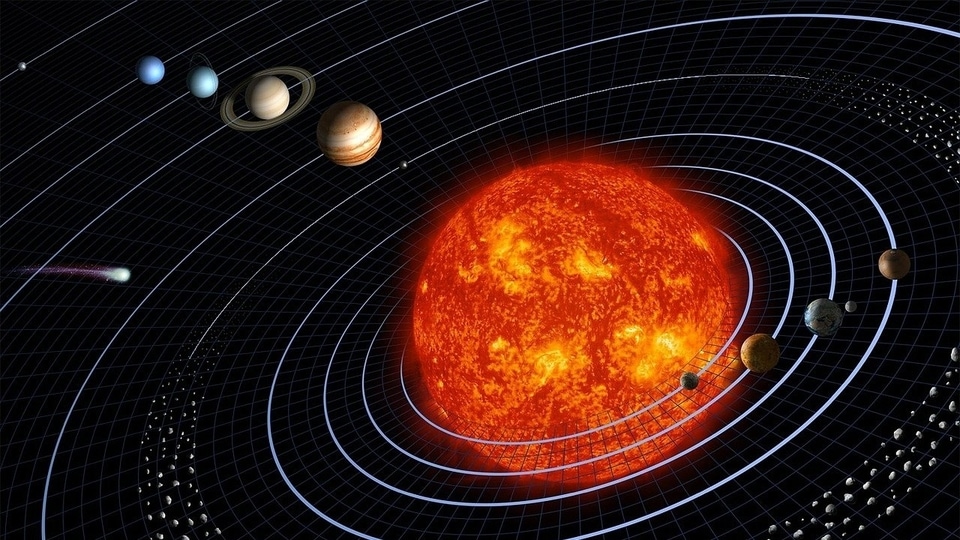Solar system: Amazing reason why planets orbit in same plane explained
Solar system: The planets orbit in the same plane and the reason behind it is just awesome.

Space is one of the most mysterious aspects of nature and one of the most wondrous things is the solar system and the planets in it. A question that often arises is why the sun, and the planets around it, are structured the way they are. Or simply put, why planets in the solar system orbit in the same plane. Now, we finally have an answer to that question.
Nader Haghighipour, an astronomer at the University of Hawaii at Manoa, in an interview with Live Science explained how the solar system was formed. In his interview, he also explained why all the planets in the solar system orbit in the same plane. At the beginning of the universe, that is, around 4.5 billion years ago, the solar system size was enormous. It was a massive, spinning cloud of dust and gas measuring 12,000 astronomical units (AU) across. For reference, 1 AU is the average distance between the Earth and the sun or 150 million kilometers approximately.
The cloud was so big that it started to collapse and shrink under its own mass. As the spinning cloud of dust and gas started to shrink, it also flattened. At the same time, in the centre of this cloud, all the gas molecules got squeezed together. Under extreme heat and pressure, hydrogen and helium atoms fused to form a baby star called the sun. “Over the next 50 million years, the sun continued to grow, collecting gas and dust from its surroundings and burping out waves of intense heat and radiation. Slowly, the growing sun cleared out a doughnut of empty space around it. As the sun grew, the cloud continued to collapse, forming a disk around the star [that] becomes flatter and flatter and expands and expands with the sun at the center,” Haghighipour told the publication.
Over time, the cloud of dust and gas became a flat structure called a “protoplanetary disk” that orbited the sun. The disk stretched hundreds of astronomical units across. Yet, it was just one-tenth of that distance thick.
Millions of years later, the dust particles in this protoplanetary disk came together to form millimeter-long grains. Over time, those grains became centimeter-long pebbles, and then pebbles stuck together in the protoplanetary disk to form planets, dwarf planets, moons, asteroids and comets.
“Despite these objects' different sizes, they stayed more or less on the same plane, where their building materials originated. That's why, even today, the solar system's eight planets and other celestial bodies orbit on roughly the same level,” the astronomer told the publication.
Catch all the Latest Tech News, Mobile News, Laptop News, Gaming news, Wearables News , How To News, also keep up with us on Whatsapp channel,Twitter, Facebook, Google News, and Instagram. For our latest videos, subscribe to our YouTube channel.































